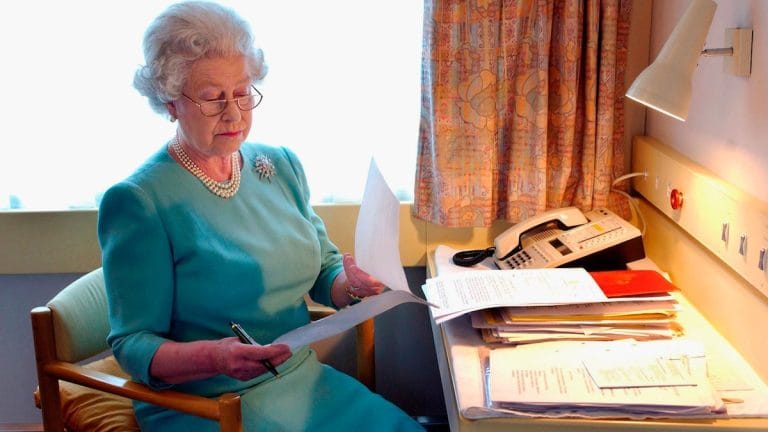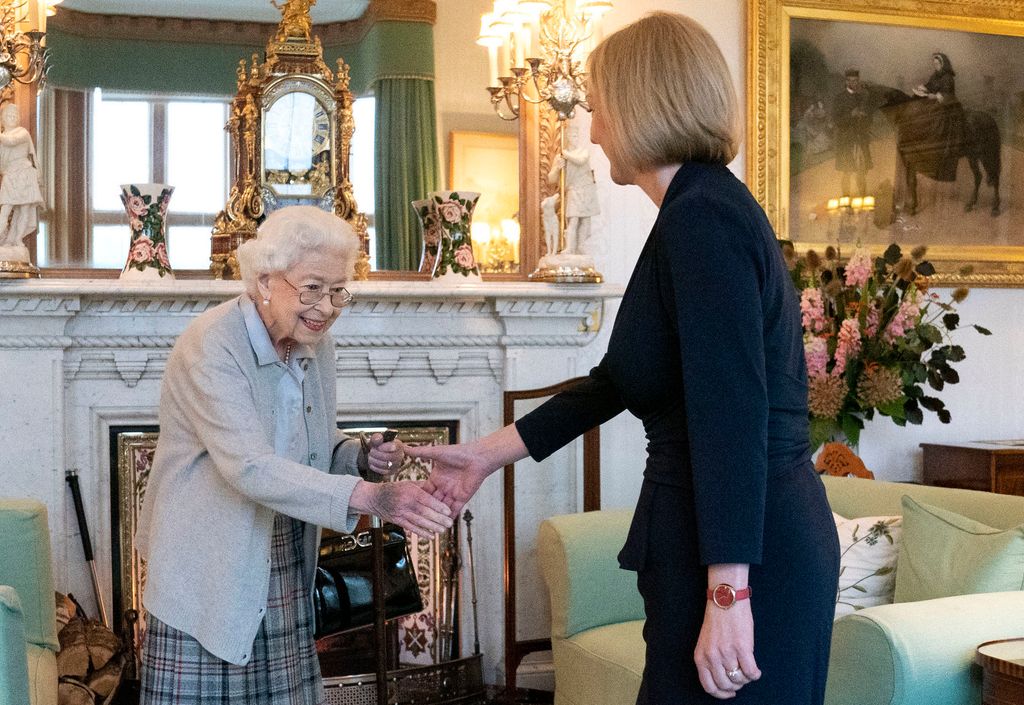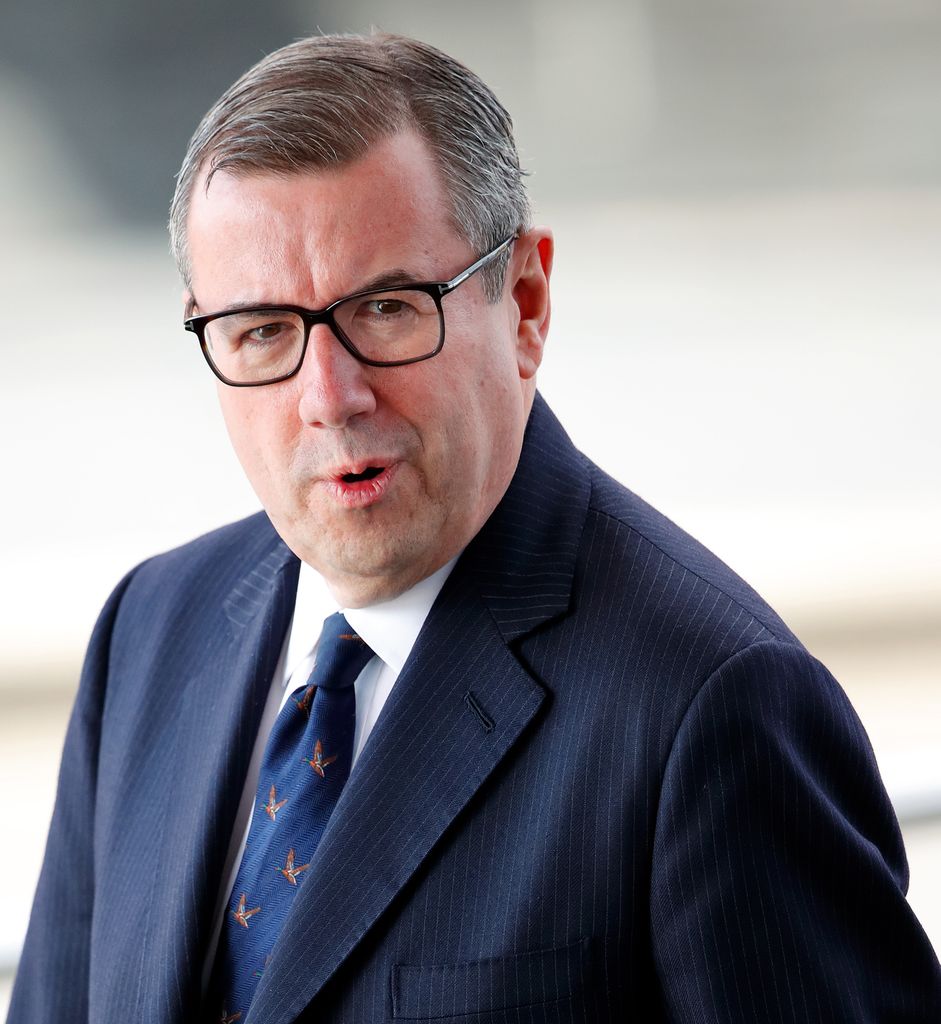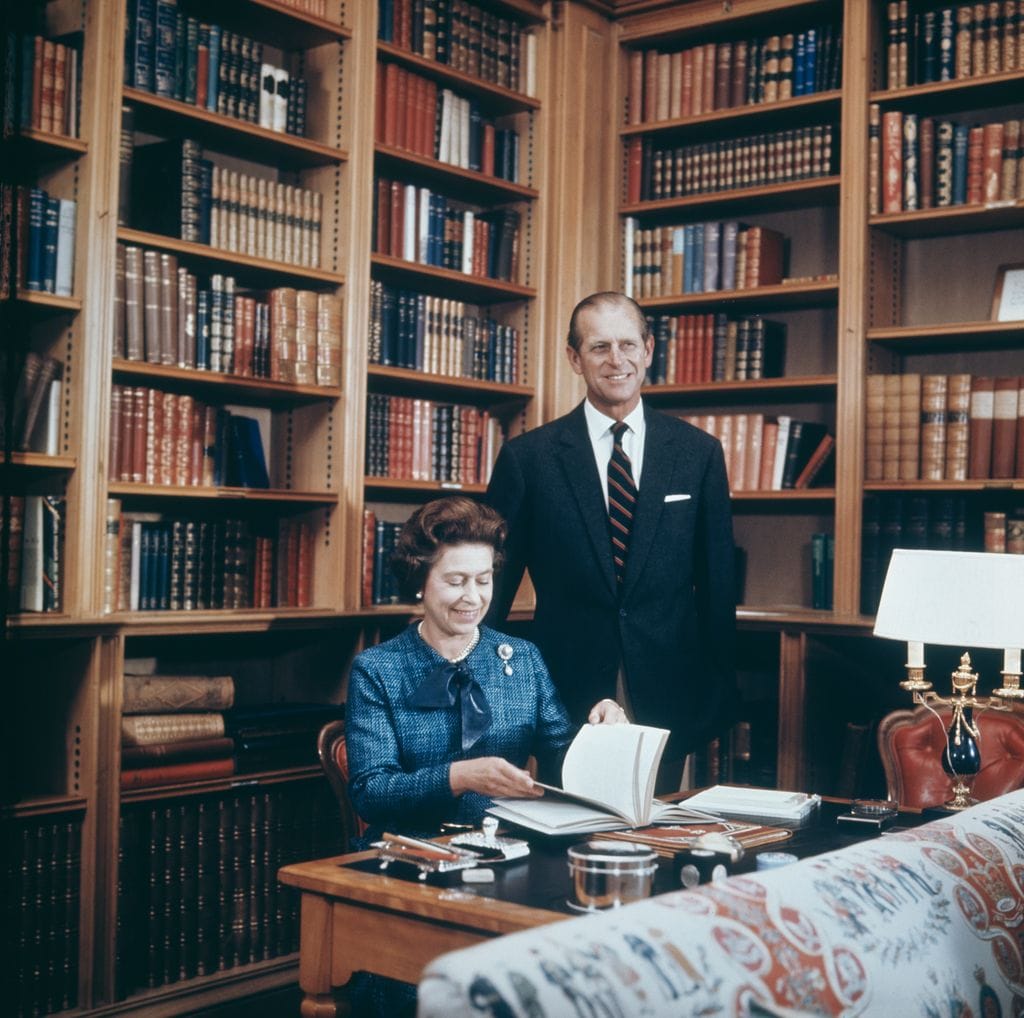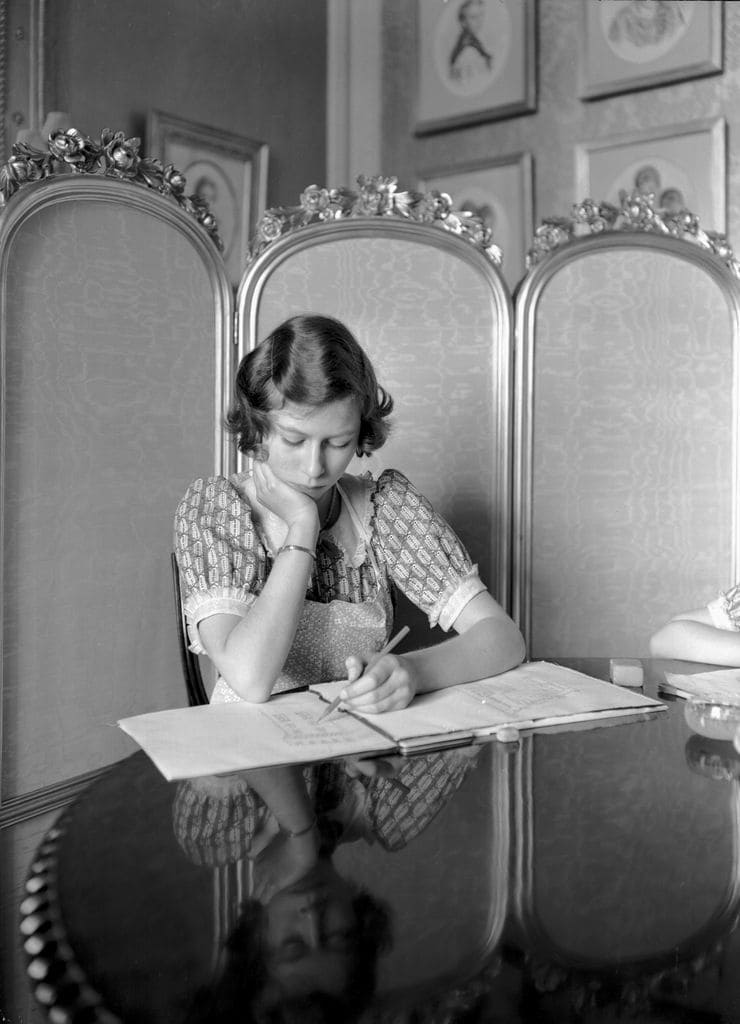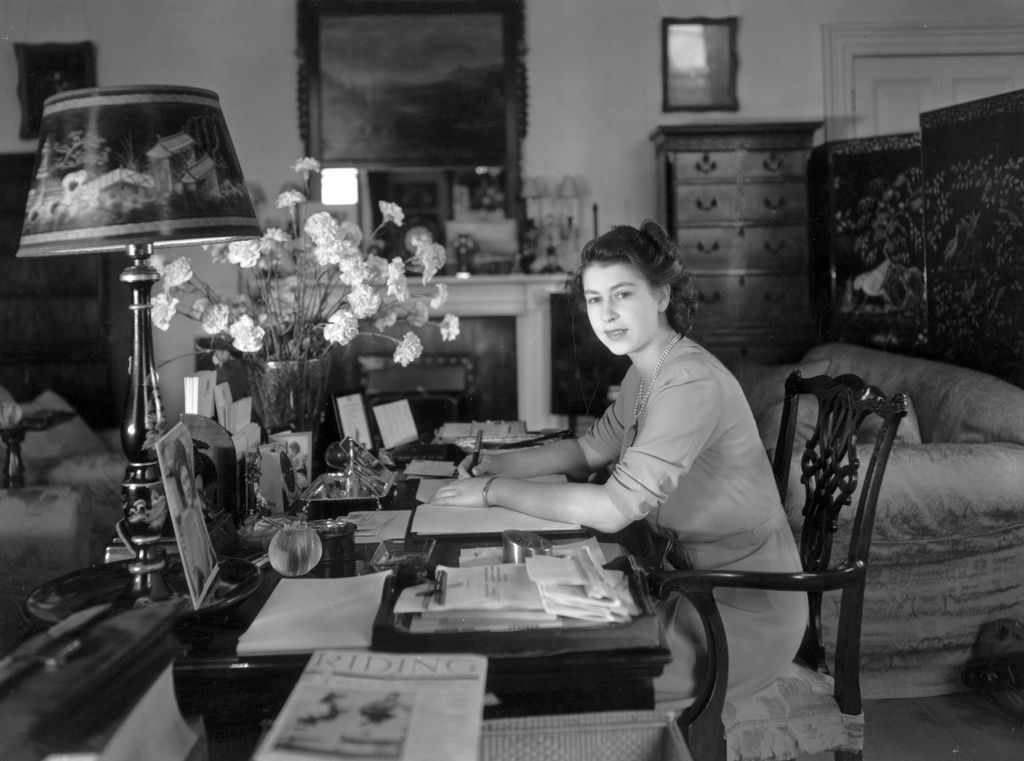Legends grow with time. Written texts accompany an oral tradition that magnifies, glorifies, exaggerates and distorts reality. Short phrases with which this day Elizabeth II finished her diary two days before her death: “Edward came to see me” (“Edward came to see me”). The sovereign was mentioned Edward YoungHis private secretary and who most jealously guarded his secrets and desires. On that day, Elizabeth II, in a great effort to preserve her dignity in the eyes of the world and to project an image of calm and strength to her people, received Liz Truss at Balmoral Castle, her long-time wife. During his reign he was tasked with forming a government. In this case, the new president shares the name Elizabeth with her.
Elizabeth II, despite her weakness, was aware that, because of the historical importance of the moment, citizens would turn their attention to her meeting. Jane Barlow photographed and captured the scene An iron queen in her duty. Neither his fifty-six years nor the illness he suffered could break his spirit.
Two days before her death, the longest-lived queen in the history of Great Britain and the planet strictly followed the instructions of the schedule. So, he got his personal secretary and for more than eight decades he wrote this incident in his notebook. He did it as usual: with Your black ink fountain pen and with A handwritten letterfrom Which, according to graphologists, revealed some remarkable traits of his attractive personality: intelligence, intelligence to anticipate events, strategist’s mindset, energy, a good dose of stoicism, sensitivity and a bomb-proof passion for life.
That same September 6, the date of the last entry in her diary, Elizabeth II opted for a Scottish plaid skirt, a gray cardigan, her pearl necklace and a cane on her arm, holding a cane instead of leaning in her hand as she received the newly elected Prime Minister at Balmoral Castle. . Genius and figure. Jane Barlow depicts the meeting between the two “Elizabeths”. Those images were analyzed with a magnifying glass and extensively commented. When Queen Liz shook hands with Truss, a bruise was clearly visible on the back of his hand, which caused great concern because of what it indicated about the delicate state of his health. Isabel II likely needed a peripheral line to deliver the medication to her, and this caused her visible and alarming hematoma.
Death pursued him, but he responded to its threats as he knew best: pursuing his destiny as sovereign, making history in his beloved country, and returning a message of order and strength to all. In his last days, he was visited at Balmoral by the Reverend Leanne Greenshields, who had his last conversation with him. As she later revealed to the BBC, the Queen felt vulnerable, But he was in “very good spirits”.. Despite his physical ailments “he spoke of his love for his past, Balmoral, his father, his mother, Prince Philip, horses… He was very committed to what was happening in the Church and the country.”
The Queen’s Diary
When a person becomes a legend, literature does its job. There is a literary subgenre that focuses on the final days of a historical figure. Among the gems which this way of treating the biographer has given us we may mention the classics of Thomas De Quincey. The Last Days of Immanuel Kant; Or the title of Jan Ekenoz’s cautionary novel RavelAbout the end of the famous composer. Also, there is an entire tradition that collects the last words, real or not, of the most powerful, interesting or influential men and women of their time. Just as the example above, Marie Antoinette’s phrase to her executioner as she walked to the scaffold where the guillotine awaited her on October 16, 1793. According to the story, when she bumped into the man, she immediately shouted: “Forgive me, I didn’t do it on purpose.” Or those attributed to the Stoic Marcus Tullius Cicero when he faced a soldier sent by the emperor Mark Antony to execute him: “Soldier, there is nothing right in what you are about to do, but kill me rightly.”
It is still too early for the last words spoken by Elizabeth II and even written, shared or invented. Because in addition to the final entry in his diary, it was also known at the time that he wrote two personal letters, one of which was dedicated to his son Charles III, which he deposited in one of the Queen’s famous red mailboxes, where he sent letters and documents that he wanted to send, especially to UK Ministers or Commonwealth political representatives.
On the other hand, will her diaries, those notebooks protected by black leather covers, in which the Queen writes every night, ever be published? It’s very likely not because He explained that he did not want to bring them out into the open.. His notes, he argued, were uninteresting. How can the reflection, however brief, and description of the events of such a perceptive and powerful woman be uninteresting? Isabel II was so careful to protect her diaries from prying eyes that, apparently, she only had a copy of the key to the safe where she locked it; He would destroy the blotting papers he used every day – so that no one could try to decipher what was written on them – and Perhaps only her husband, Philip of Edinburgh, was able to read some fragments.
In newspapers we always show intimate aspects that are difficult to recognize publicly. Elizabeth II, a Windsor from head to toe, faithful to the family principle (“never explain, never complain”), feared that her diaries would shatter her image as an inviolable woman.
On the other hand, in the hypothetical case that its publication was approved, the work before editing would be extremely difficult, as had already happened with Queen Victoria’s memoirs. In 2012, Elizabeth II agreed that the diaries of her great-grandmother, Queen Victoria, would see the light of day; Of course, the author died in 1901 (one hundred and eleven years after its publication) and they were read with great care to remove any fragments that might reveal any state secrets.
In the case of Elizabeth II, for the moment, we have to settle for those last four words which refer to duty. till the last breath. What a curiosity of life. Specifically, the Edward that Her Majesty was referring to was the one responsible for breaking the sad news of Elizabeth II’s death to the world with a brief statement: “The Queen passed away peacefully at Balmoral this afternoon. “The King and Queen Consort will be at Balmoral this afternoon and return to London tomorrow.” Two eminently informative sentences, without regret, in the purest style of Windsor.
After this last mission, Edward Young decided to retire. Although he received decorations for his years of service and personal congratulations from Charles III, Young Prince Harry did not receive the same treatment, who extra He describes him in the following terms: “He was a hairy man with an oval face who walked about with a calm and majestic bearing, as if the rest of humanity paid homage to him.”

